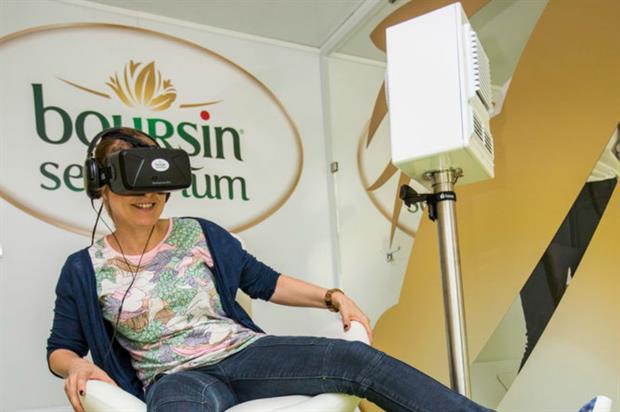Marketing Magazine’s article: ‘Advertising is a tax only poor people pay‘ published last week caught my attention, given the marketing sector I work in.
In the digital, mobile-first world we live in, it’s easy to see why the music and publishing industries have been scythed down by the ‘four horseman of the (digital) apocalypse’ Andrew Pemberton cites: Facebook, Google, Amazon and Apple.
It’s also easy to understand why it’s now advertising’s turn to suffer at their indiscriminate hands.
As a consumer, I find digital advertising extremely intrusive: if I’d wanted ‘fries with that’, I’d have asked wouldn’t I? (Or more likely, Googled it).
And I know I’m not alone given the take up of ad-blocking functionality on new Smartphones. Whilst TV advertising still has its place, digital advertisers who are losing share need to re-think their strategies and perhaps ought go back to the very basics and study earliest man’s cave paintings.
I don’t mean to sound flippant but my point is – humans have been storytelling since the dawn of time and will do ’til the end of time, be it through crude, prehistoric artwork or digital or more specifically, social media.
To that end, brands and their agencies need to re-think their strategies and perhaps realise that if they can’t beat the four horseman, they need to seriously consider how they can live in harmony alongside them.
Rather than continuing to landfill digital advertising’s waste ground, savvy brands are increasingly investing more money in experiential marketing.
This is a channel that not only facilitates the human desire to story tell amongst their fellow man (in fact, 92% of consumers around the world say they trust earned media, such as recommendations from friends and family, above all other forms of advertising), but can be hyper-targeted – minimising waste, and when done well, results in consumers positively clamouring to be part of the experience – and not trying to block the experience like a pop-up ad!
Yes, I work in experiential marketing – but as an experiential practitioner, I’ve witnessed first-hand the correlation between spikes in social engagement (on of course, digital channels) and well planned and executed experiential campaigns.
Facebook is one of the main facilitators of such conversations – and continues to dominate as it grew 55% from 2014 to 2015, raking in 1.59B users and US$5.84B in revenues. Indeed, Google has it’s place too – particularly via YouTube.
A campaign we delivered for Boursin last year that featured a VR element created content that delivered 70k YouTube views, organically. What would they have had to have spent to reach the same level of engagement through more traditional digital advertising I wonder?
So what can the ad industry do to fight Facebook and Google? Well, they could do worse than turn to the rising tide of content marketing – a growing discipline that’s just as capable as experiential (when done correctly) of capturing consumer attention and facilitating dialogue amongst greater numbers.
Indeed, experiential has the power to create compelling consumer content in it’s own right, particularly given technology such as Virtual Reality at our disposal. But with leading distribution channels for branded content including YouTube and Facebook, it maybe much easier to join, than beat them.
Want to learn more about executing a truly engaging experiential campaign? Download our free eBook now. {{cta(‘d5eeaf7a-ac4e-4ba5-b72d-13aabbcf1974’)}}